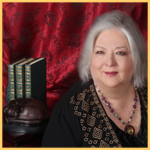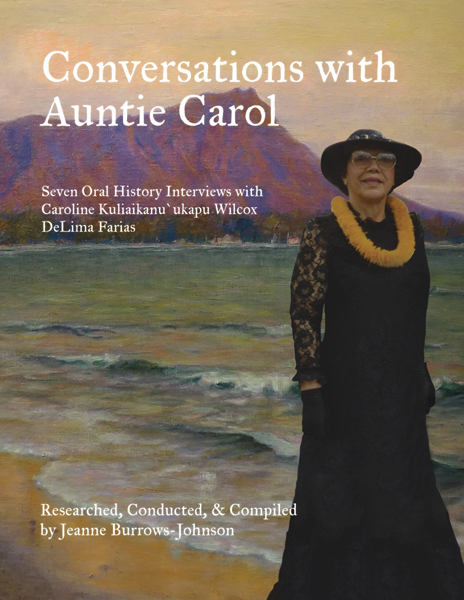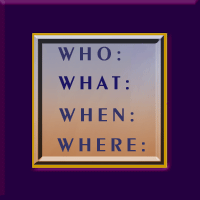
Successful Time Management with a Simple Matrix!
As I wrote the blog that will first appear on Hometown Reads beginning on November 5, 2019, I realized the irregularity with which I’ve been writing for this site. Setting aside the publication of Murders of Conveyance, the third Natalie Seachrist Hawaiian Mystery and two bouts of flu, scheduling my time has been a major challenge to my productivity this year…Thus, time management has been on my mind.
SUCCESSFUL SCHEDULING
Every professional finds challenges in maximizing productivity. Often the problem exists in both personal and professional living. That has certainly been true for me. The Natalie Seachrist Hawaiian Mystery series is growing, and I maintain two websites, this blog, and two Facebook pages. These ongoing projects are my excuse for untimely scheduling this year. It has seemed that there are several deadlines I have faced each day and while I’m putting out those fires, I’ve failed to follow a simple time management matrix.
STEPHEN R. COVEY & DWIGHT D. EISENHOWER
One of the most important philosophers in my life has been author and business consultant Stephen Covey [1932-2012]. He was a dynamic man who based his secular advice on his personal faith in the precepts of The Church of Jesus Christ of Latter-day Saints. His doctoral dissertation was based on analysis of self-help books which he would add to later for the benefit of people of many professions and philosophies. For many of his readers, The 7 Habits of Highly Effective People was his most impactful book, which helps to move one from dependence to independence to interdependence. I found the most memorable advice he presented was the Eisenhower Matrix, a decision-making tool for prioritizing one’s activity, which he attributed to U.S. President Dwight D. Eisenhower. [Note, the President credited the concept to an unnamed college president.]
EXAMINING YOUR INBOX
Consider the following classifications for the items in your existing calendar and inbox:
A. URGENT, IMPORTANT B. NOT URGENT, IMPORTANT
C. URGENT, NOT IMPORTANT D. NOT URGENT OR IMPORTANT
Obviously that which is Urgent and Important must be addressed first. This could be the biographical paragraph your publisher has requested for your latest book or a cover letter that you will package with gift copies. Conversely, items that are not Urgent or Important [Quadrant D] should be examined for worthiness; do they even merit being on your schedule? If they are indeed things worth keeping, can you handle them in a more effective way?
For instance, maintaining good relations with colleagues and service suppliers can be vital to your success. But rather than having frequent personal meetings, consider scheduling occasional festive events that include several of these people…or if they are not in close proximity to you, consider meaningful gifting at unexpected times. For instance, rather than sending cards and gifts for Hanukkah, Kwanzaa, or Christmas, consider Thanksgiving, New Year, or even an unexpected surprise at Asian Lunar New Year. As to gifts, consider whether there is something distinctive about your work that would be appropriate. In both fiction and non-fiction, the focus of most of my writing is Hawai’i, so it has been easy to share Hawaiian macadamia nut candy.
Once you’ve dealt with Quadrant A’s Urgent and Important items and the elimination or redirection of the Non-urgent and Unimportant things lingering in Quadrant D, look at the Non-urgent but Important listings in Quadrant C. You have declared them to be urgent; but, they are not important in the abstract. This area of concern includes spur-of-the-moment issues that arise, as well as administrative paperwork and organization.
For me, activity in this area usually focuses on filing—especially the growing number of my biographies. These are written in both first and third person, ranging from two sentences to a couple of pages. Generic ones have a conversational tone and discuss my life in general. Others focus on my fiction [especially the Natalie Seachrist Hawaiian Mysteries]. Academic ones present non-fiction projects like Conversations with Auntie Carol, A Series of Hawaiian Oral History Interviews. Organized by word count, I can quickly determine bios that meet the requirements of an unexpected request. Usually, I then copy/paste contenders into a new document and create a new bio or two that can be folded into the master file.
We have now arrived at the all-important consideration of items within our Quadrant B. Why take it out of order? As Stephen Covey would say, this area of concern should be the essential focus of our attention in setting our daily, weekly, monthly, and overall life schedule. If we constantly work on the non-Urgent but Important areas of our professional and personal life, we will find there are less deadlines to be faced…and eventually experience balanced living. Of course, that does not mean that unexpected emergencies will not occur to encroach on our time periodically.
In preparing for expansion of my career as an author, I’ve faced many issues this year. They have included: redesigning my two websites, learning to insert art and audio files into this blog, creating a professional Facebook page, and completing both Yen for Murder (the fourth NS mystery) and writing an annotated introduction to the Auntie C project [including 74 endnotes]. The overlapping of these projects has been daunting at times, BUT the time spent on future editing should be manageable!
ALIGNING YOUR CALENDAR
Let’s complete our time management exercise by re-examining the contents of our daily, weekly, and monthly calendars from this new perspective. You may have pre-set appointments like children’s schooling and other activities, your own working hours, wellness appointments, etc. Even the scheduling of these could be altered or made flexible.
Are there other parents with whom you might share transportation? Would your employer consider changes in your schedule like a reduction or shift to earlier/later hours, or even remote work from your home? Can you shift medical, dental and therapy/exercise appointments to days of the week or month to harmoniously fill out set blocks of time? Within those preset appointments, you could double your productivity as I do in performing a bit of library research prior to meetings of my authors salon.
How might you delegate some of the work you now undertake personally? Should you hire an accountant for bookkeeping and tax filing? If this is not an option, consider software that can optimize the hours you do invest in this activity. I am fortunate that many obligations I once undertook have passed to my husband who is retired. He now handles shopping, bill paying, and even the preparation of most dinners, allowing me to pursue completion of inspiration in my work.
Like my protagonist, Natalie Seachrist, I am an avid devotee of list making. When I look at items falling within Quadrant B, I have found that several lend themselves to specific times of the year, when other required and/or predictable activity lessens. That usually means there are gaps in my schedule during the winter holiday season and summer, when many people I work with professionally are on vacation. These are the times that I clean out hardcopy folders, sort through old research, rearrange and re-label files. Well, this summer has passed without any of those tasks being addressed…so, I guess you know how my holidays will be spent!
Wishing you the best in your creative endeavors,
Jeanne Burrows-Johnson, author, consultant, and motivational speaker
To learn more about the award-winning Natalie Seachrist Hawaiian Mysteries, including Murders of Conveyance [Winner, Fiction Adventure-Drama, 2019 New Mexico-Arizona Book Awards] and other projects, please drop in at my author’s website JeanneBurrows-Johnson.com. You’ll even find Island Recipes that might inspire your culinary creativity.
For more ideas to strengthen your Wordpower© and branding, please visit: Imaginings Wordpower and Design Consultation.
Follow Me:
Amazon, Arizona Authors Association, Apple Books
Audible, Authors Den, Barnes and Noble, Blogarama, Book Bub
Cozy Mysteries-Unlimited, Facebook, Good Reads, Hometown Reads
Book sellers may contact book distributors such as:
Baker & Taylor, Follett, IPG, Ingram, Mackin, Midpoint, TitleWave




